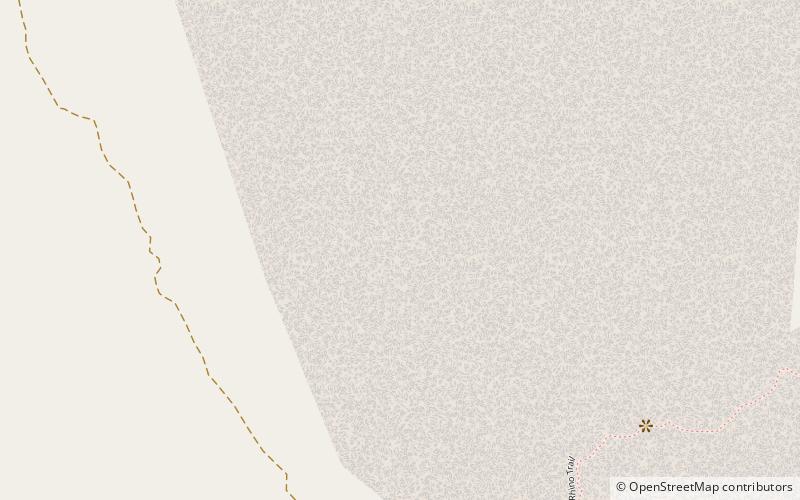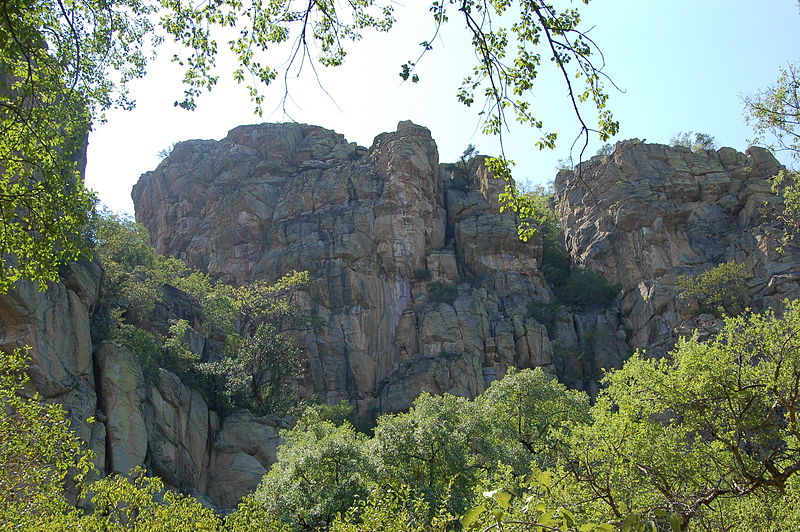Tsodilo


Facts and practical information
Nestled in the heart of the Kalahari Desert in Botswana, Tsodilo is an archaeological site of profound historical and spiritual significance. Known as the "Louvre of the Desert," Tsodilo boasts one of the highest concentrations of rock art in the world, with over 4,500 paintings adorning the quartzite rock faces of its four main hills.
These hills, revered by the local San people as a resting place for the spirits of the deceased, have been a spiritual nexus for thousands of years. The rock art, some of which dates back to 1000 AD, provides a window into the lives and beliefs of the ancestral San and their predecessors. The depictions range from ritualistic dance scenes and hunting expeditions to a variety of wildlife, offering invaluable insights into the region's historical biodiversity and human occupation.
Tsodilo's archaeological importance is further underscored by the discovery of tools and artifacts, some estimated to be as old as 100,000 years, suggesting a long-standing human presence in this remote part of Africa. The site has thus become a key focal point for understanding the cultural and natural history of the continent.
In recognition of its universal value, Tsodilo was inscribed as a UNESCO World Heritage Site in 2001. Today, it remains a place of pilgrimage for the San people, who continue to perform rituals and ceremonies amidst the ancient rocks, preserving an unbroken cultural tradition.
North-West
